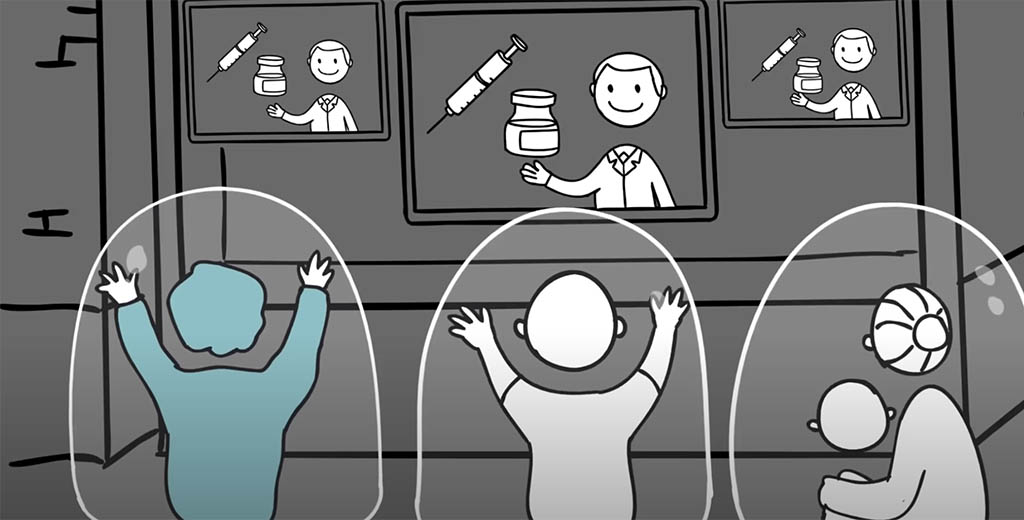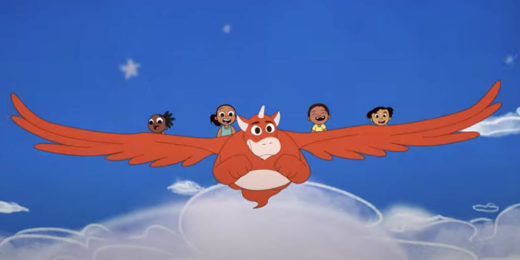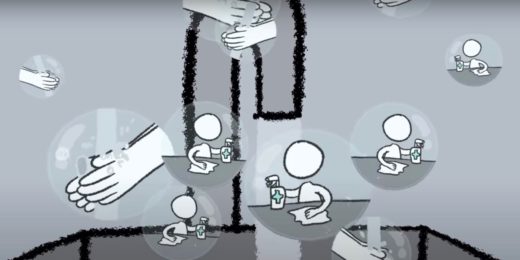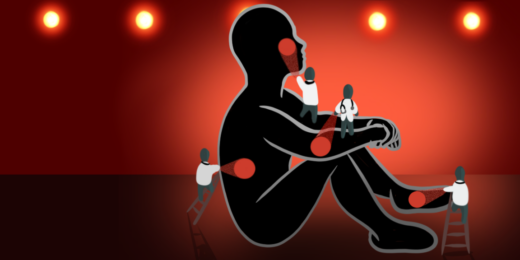When it comes to teaching people about health during a pandemic, some Stanford Medicine educators are finding that animation is an ideal medium for audiences around the globe.
Videos can be viewed by anyone with a cellphone, allowing them to remain socially distanced, noted Semay Johnston, learning experience designer with the Stanford Center for Health Education's Digital MEdIC initiative. Animated efforts also feature simplified characters, which resonate with people of many ethnicities and nationalities.
Then there is the "feel factor": "Videos can communicate an emotional factor that written text may not," she said.
In the past several months, Stanford Medicine educators have released a number of animated videos on the coronavirus, garnering more than a million views. The films include training for health professionals on treating COVID-19 patients and a visualization for lay people on how the virus spreads, among others.
Battling COVID-19 stress
Now, two new Stanford videos target mental health.
Early in the pandemic, Digital MEdIC focused on stemming the virus's spread and teaching viewers about symptoms, Johnston said.
"But when we started to see an increase in depression, substance abuse and domestic violence, we decided to address the need for addressing mental health concerns," she said.
The result, "Coping With Stress During COVID-19," features characters overwhelmed by lack of help in child care, feeling lonely and working too much. Text on the screen states that people experience stress in different ways and that there are responses to stress, such as substance abuse and violence, that make things worse.
The video goes on to show the characters taking more positive steps, such as seeking help, eating well and exercising.
"One of the things we wanted to communicate was how normal these feelings are," Johnston said. "The video gives practical advice on how to cope with stress."
Hope for a vaccine
Maya Adam, MD, recently released the latest video in a series of COVID-19 animations, "Dreaming of a safe COVID-19 vaccine." Developed under the Global Child Health Media initiative, which she leads, the video offers a message of hope.
It shows people living inside isolated bubbles until a vaccine arrives. Then the bubbles disappear, allowing children to play together and families to gather. The video's only words are written at the end: "Together, we dream of a safe, effective vaccine for COVID-19. In the meantime, continue to wash your hands, keep your distance and get a flu shot."
Adam, an assistant professor of pediatrics and director of health media innovation, told me that the animation is meant to provide solace for people experiencing pandemic fatigue.
"We hope the video makes people feel a sense of solidarity with others and a sense of hopefulness that a safe and effective vaccine will one day help us regain some of the freedoms we enjoyed before the pandemic," she said.
The video also includes a character who's initially hesitant to vaccinate herself and her children, but ultimately decides to accept the vaccine. Adam told me the included this storyline because she wanted to encourage people to seek out quality information. "We will need the vast majority of people to be vaccinated if we are all to be optimally protected," she said.
Both videos were designed for audiences around the globe: Anyone can download "Coping With Stress During COVID-19" from the Digital Medic website, which provides an online tool to customize or translate the text in the video. At the end of "Dreaming of a safe COVID-19 vaccine," the English is translated into 13 languages, including Arabic, Russian and Vietnamese.
Adam said that animations can be effective because they're easily distributed via social media: "They can reach many diverse people in a way that is accessible to all."
Screen shot from "Dreaming of a safe COVID-19 vaccine"






